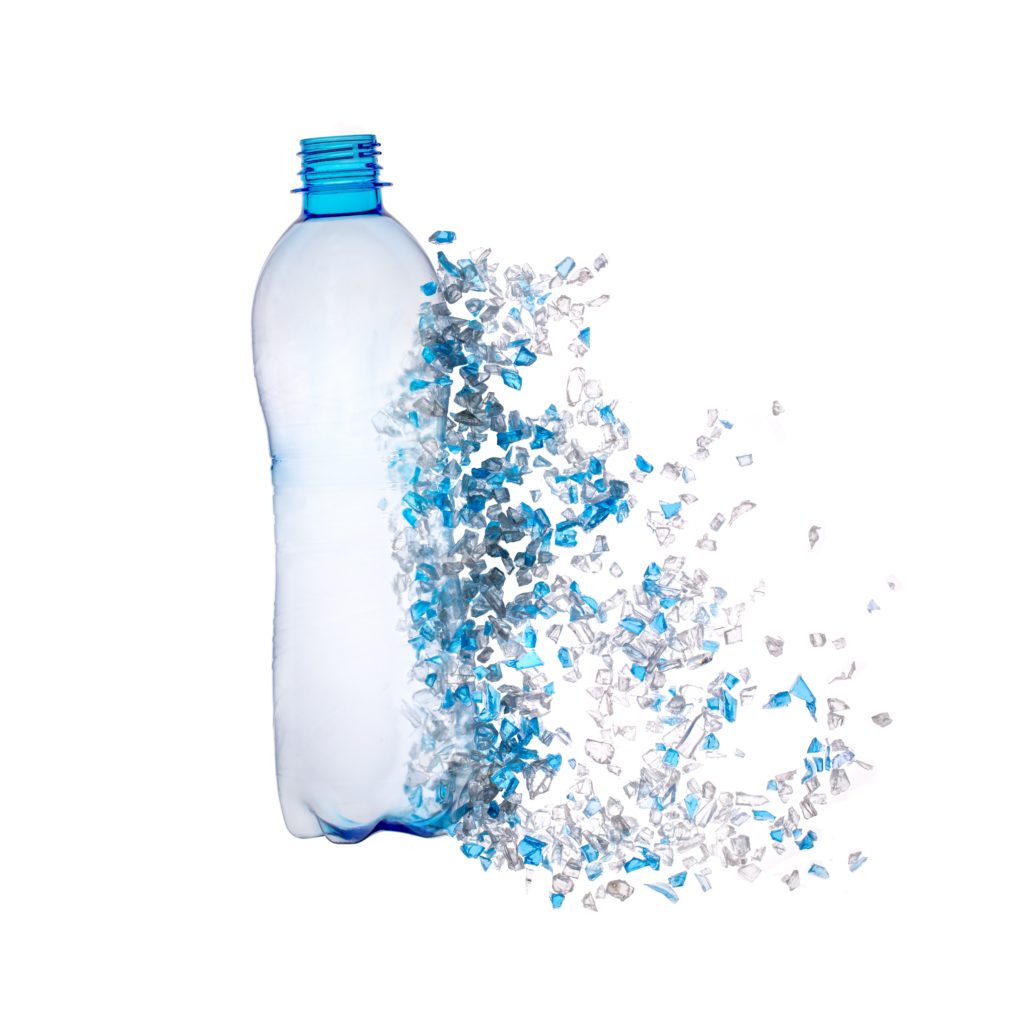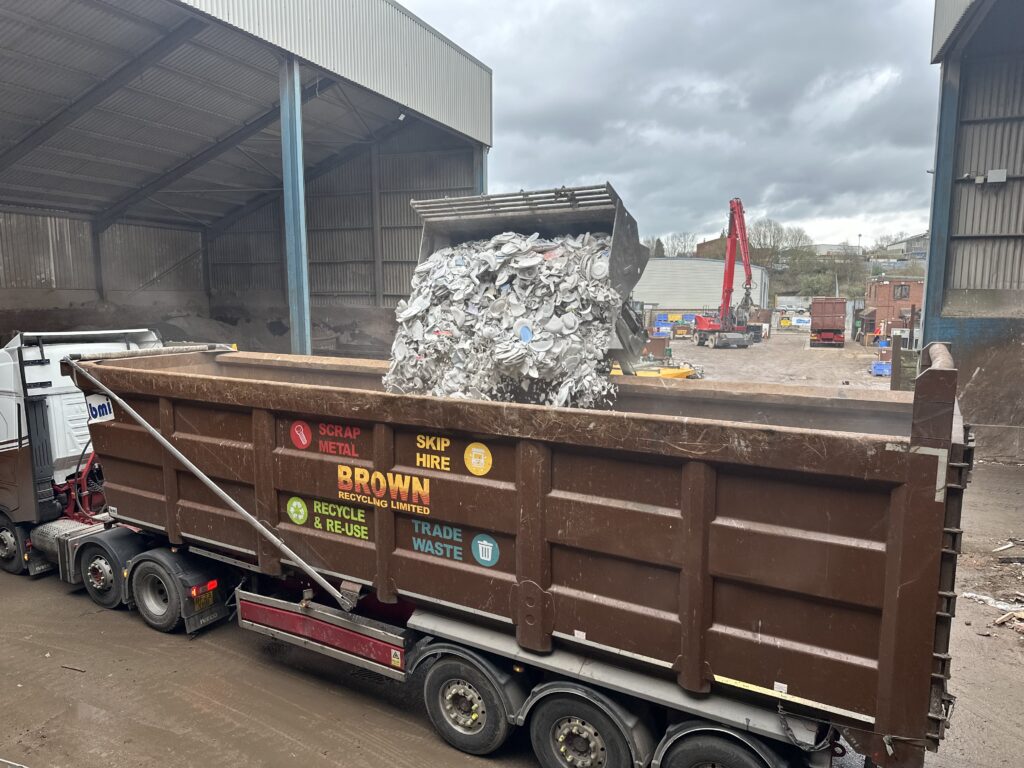Her Majestys Revenue and Customs has revealed that it held constructive discussions with the waste industry in London on Friday (June 15) to discuss the impact of the guidance issued on landfill tax last month.
The meeting was attended by seven landfill site operators, the Environmental Services Association, representatives of skip hire firms, government departments and the Chartered Institution of Wastes Management.

Now HMRC is producing some further guidance clarifying (1) when materials which are listed in the Schedule to the Landfill Tax (Qualifying Material) Order 2011 – subject to section 3.3 of LFT1 – can qualify for the lower tax rate as inert; and (2) on trommel fines as to when these can count as inert.
Commenting on the meeting, a statement from HMRC said: On Friday 15 June, HMRC held constructive discussions with around 25 members of the waste industry, representing a cross section of landfill site operators, waste transfer station operators, skip hire businesses and representative organisations, to discuss the impact of the guidance issued by HMRC on 18 May and 1 June, clarifying landfill tax law in relation to certain types of waste disposed of to landfill.
Clarification
Industry representatives confirmed that the further guidance issued on 1 June had largely removed the uncertainty that many operators had experienced in response to the initial 15 May guidance. HMRC was also able to provide some additional clarification on specific points raised at the meeting and identified other technical issues where businesses would welcome additional help. These will now be taken forward.
The statement continued: The purpose of HMRCs guidance to level the playing field across the industry received widespread support at the meeting from stakeholders across the sectors. Previously, those parts of the industry whose prices were based on the correct tax treatment had been undercut by others not applying the correct rate of tax.
HMRC said that it would continue to work closely with the industry to understand the impact and to provide assistance. HMRC said that any queries should be directed to its hotline which was set up last week (see letsrecycle.com story).
Uncertainty
“Previously, those parts of the industry whose prices were based on the correct tax treatment had been undercut by others not applying the correct rate of tax”
HMRC
The further guidance is expected to say that its aim is to remove any remaining uncertainty. It is also being seen within the sector as representing something of a return to the situation before HMRC issued guidance last month although some skip hire companies will have to improve their sorting process and some landfill operators will have to be more rigorous in the way they assess material for use as landfill fluff cover.
But, there is an acceptance that businesses may struggle still. HMRC noted that this may be seen as a transitional period as the industry adapts to the clarifications.
And, prices charged to householders and other skip users do look likely to rise in some areas. HMRC noted at the meeting that Stakeholders advised there would be a continuing impact on the prices charged to skip hire operators who, prior to the 18 May, were able to empty skips at some waste transfer stations or landfill sites at prices which were based incorrectly on the assumption that the material could be either disposed of to landfill at the lower rate of landfill tax, or exempted from the tax because the waste would be used as part of the fluff layer on the site.
The new guidance points are expected to be as follows and are currently being consulted upon within the waste industry – they have not yet been officially released by HMRC. However, no timetable for any changes is likely although once the guidance is published, probably this month, it will come into force immediately. The lack of any phasing in of any changes has been criticised by the Chartered Institution of Wastes Management. The CIWM has told HMRC that it is concerned over the lack of notice or staged implementation timetable.
Guidance points (as seen by letsrecycle.com)
(1) Guidance point one (subject to consultation at present) will refer to materials listed in the Schedule to the Landfill Tax (Qualifying Material) Order 2011 – subject to section 3.3 of LFT1 [see note AA below], the lower rate of landfill tax applies when the consignment is disposed of as waste at a registered landfill site. The lower rate also applies where the consignment consists of a number of different qualifying materials, including qualifying materials from different Groups within the Order. In all circumstances, the waste transfer documentation must fully and accurately record the exact composition of the waste consignment in order for the lower rate to apply.
(2) Guidance point two (subject to consultation at present) will refer to trommel fines (The residual materials left after processing activities are undertaken at waste transfer stations, waste recycling/treatment facilities or material recovery facilities). This is likely to say that the lower rate of landfill tax will apply to such loads or consignments sent to landfill when:
a)the load or consignment consists only of materials included within the Landfill Tax (Qualifying Material) Order 2011, subject to section 3.3 of LFT1 (see note AA below); and
b)the waste transfer documentation clearly states which qualifying material, or mix of qualifying materials, are contained in the load or consignment.
HMRC says that providing both (a) and (b) are satisfied, then the lower rate of landfill tax would apply, including when processing or sorting is conducted prior to the consignment being disposed to landfill.
[Note AA]
Section 3.3 (Mixed loads) states:
Where a disposal to landfill contains both standard rated and lower rated materials, tax is due on the whole load at the standard rate. However, you may ignore the presence of an incidental amount of standard rated waste in a mainly lower rated load, and treat the whole load as taxable at the lower rate. For example, we would accept as qualifying for the lower rate:
- a load of bricks, stone and concrete from the demolition of a building that has small pieces of wood in it and small quantities of plaster attached to bricks as it would have not been feasible for a contractor to separate them;
- a load of sub-soil that contains small quantities of grass;
- waste such as mineral dust packaged in polythene bags for disposal, and;
- a load of sub-soil and stone from street works containing tarmac (however, a load of tarmac containing soil and stone would not qualify).
It is not possible for us to advise you on every disposal. It is your responsibility to decide whether a particular load disposed of at your site contains a reasonable incidental amount of standard rated waste – you need to satisfy yourself that the load contains only a small quantity of such waste. The difficulty in separating the standard rated components from the lower rated waste is a factor that you can take into account, but this cannot be used to justify applying the lower rate of tax if the standard rated waste is more than a small amount of the total load. You will need to justify your decisions to us.
(Please note: this information has not been officially released yet by HMRC and is subject to confirmation/amendment)











Subscribe for free